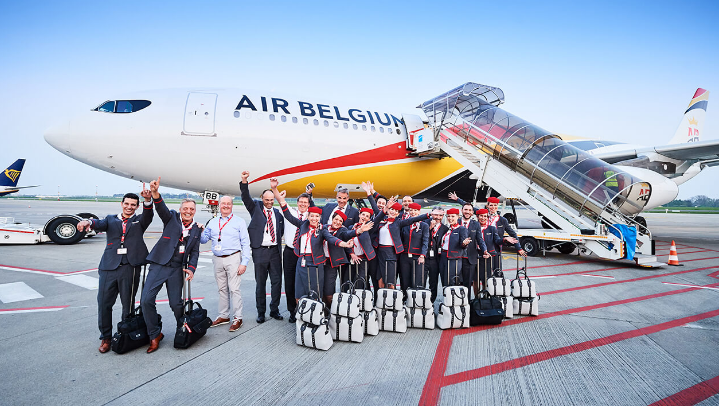The difference between a wet lease, dry lease and damp lease are usually used interchangeably within the aviation sector, normally the terms can be confusing especially if you haven’t had about them. Here is a simple explanation of the terms.
What Is A lease?
A lease is a contract outlining the terms under which one party agrees to rent an asset owned by another party. It guarantees the lessee, also known as the tenant, use of an asset and guarantees the lessor (asset owner), regular payments from the lessee for a specified number of months or years. Leases are legal and binding contracts, and therefore, the lessee and the lessor face consequences (civil suit or a derogatory mark on his credit report or both) if they fail to uphold the terms of the contract.
Why Lease An Air Craft?
The aviation industry has three types of leasing: Wet-leasing, dump leasing and dry leasing. Out of the three, the most common types of leasing are wet leasing which is a short-term kind of leasing and dry leasing which is a long-term kind of leasing that is generally considered by some aviation players.
Various players in the aviation sector lease aircrafts from one another or lease other companies for two main reasons:
- To operate the air craft without the financial burden of buying them.
- To provide temporal increase in capacity.
Wet Lease
A wet lease is a leasing agreement whereby one airline company (hereby known as lessor) provides an aircraft, complete crew, maintenance and insurance (ACMI) to another airline company or other types of business acting as a broker of air operations (hereby referred to as lessee), which pays by hours operated. In this arrangement, the lessee provides fuel, covers airport fees and any other duties like taxes etc.
A wet lease usually lasts between 2 to 24 months, and during this period the aircraft uses the flight number of the lessee. A wet lease is generally used when an aircraft operator wants to launch new routes or during peak seasons when there is a large number of travelers on a particular route. Also, a wet lease may be used to fly services into the country or countries where the lessee has been banned from operating.
Dry Lease
A dry lease is a lease agreement whereby an aircraft financing company or entity (Hereby referred to as lessor), provide an aircraft without flight crew, ground staff, fuel, maintenance etc. Dry lease requires the lessee to put the aircraft on its own air operator’s certificate (AOC) and provide air registration. Generally, a dry lease agreement bears certain conditions with respect to depreciation, maintenance, insurance and so on, depending on the prevailing political circumstances or geographical location of both the lessor and lessee. For example a dry lease agreement can be entered into between a major airline and a regional airline, in which the major airline provides the aircraft and the regional aircraft operator provides flight crew, fuel, maintenance and other services in respect to the aircraft in question.
A dry lease is very economical in the sense that it saves an airline operator the expenses of training personnel to fly and maintain the aircraft along with other considerations such union contracts.
Damp Lease
This type of a leasing arrangement is commonly used in the United Kingdom and is an agreement whereby the lessor (Aircraft operator) provides the aircraft, flight crew and maintenance but the lessee provides the cabin crew. It is also occasionally referred to as a moist lease.
In the United Kingdom a dry lease is when an aircraft is operated under the air operator’s certificate (AOC) of the lessee and a wet lease is when an aircraft is operated under the air operator’s certificate (AOC) of the lessor.
Which type of lease arrangement is better?
Both wet and dry lease are a great option, however the choice will depend on factors such as, the underlying reason that has informed leasing as an option, leasing duration, the capital structure of the lessee, sense of ownership and cabin crew personnel.
